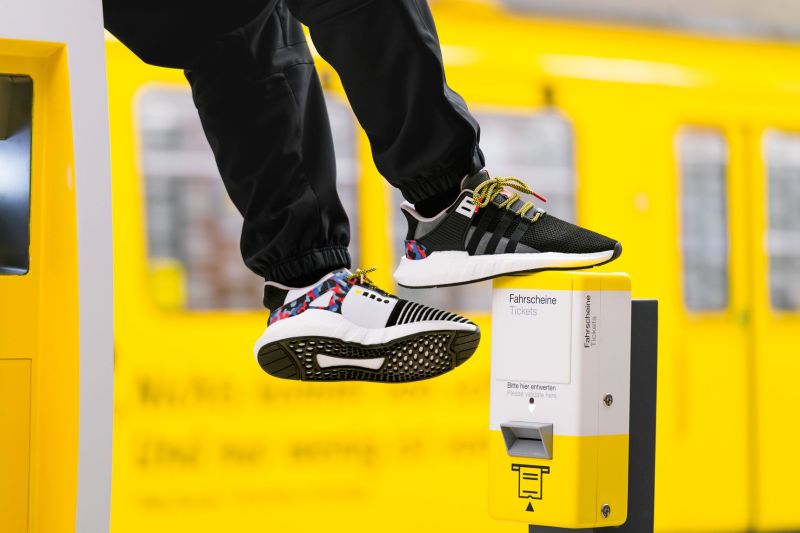Readers: Tell Us About the Hassles of Paying RTD Bus Fares

Before you take the bus, are you ready to pay the fare?
“Wait, how much is it, exactly?” you might ask. “And will I have to fight the money machine as it spits my bills out again and again before I can sit down?”
When people step on a bus, many get nervous about holding it up while they search for exact change or find a transfer ticket. This “farebox anxiety” discourages some from riding transit, said Joseph Schwieterman, director of the Chaddick Institute for Metropolitan Development at DePaul University in Chicago.
“I call it the transit hassle factor,” he said. As credit cards and mobile phone tap-to-go payments have accelerated how we pay for nearly everything, buying a bus fare remains stuck with outdated technologies. “I can’t think of anywhere else in the economy where you feel a need to run to 7-Eleven to get change to go purchase something.”
That’s why Streetsblog wants to know: Before hopping on the bus, how much hassle and worry will you put up with? Does it ever keep you from taking transit? Because even for Schwieterman, a committed transit rider, he recently threw his hands up and got into a car.
“I was just in D.C. three weeks ago and I had the perfect bus. But I just didn’t want to deal with it,” he said. “I didn’t know if it was two dollars, or two and a quarter. Is my dollar gonna be crumpled and it won’t accept when I get on board? … I just took an Uber.”
If he were in Denver, Schwieterman could have used the Uber app to pay his bus fare.
Earlier this year, the ride-hail company started offering transit directions for Regional Transportation District trips within its app. More recently, the ride-hail company started selling transit tickets within its app, too. Uber offers a much better ticket-buying experience than RTD’s nightmare of a mobile app. It’s also more useful than RTD’s MyRide tap-to-pay card, which lacks critical features, like automatic reloading and the ability to use discounts and transit passes.
While the Uber integration is welcome, it still requires having an account and going through a series of steps that can take a minute or two.
But as we approach the second decade of the 21st century, why can’t you just pay instantly with a contactless credit card or mobile phone?
In many cities, including London, you can ride the Tube or any bus with a contactless credit card or your phone. New York’s subway will soon allow payments from a mobile phone. And in Berlin, a pair of limited-edition Adidas sneakers offered a one-year transit pass embedded in the tongue of the shoe. The shoes require no validation: the train just knows where you board and where you get off.
As Denver’s traffic worsens and bus ridership continues to plummet, how is it that buying an Aquafina from a vending machine is easier than boarding a bus?
Tell us about your farebox hassles and anxieties. Share your thoughts in the comments below or on Twitter, Facebook or Reddit.


